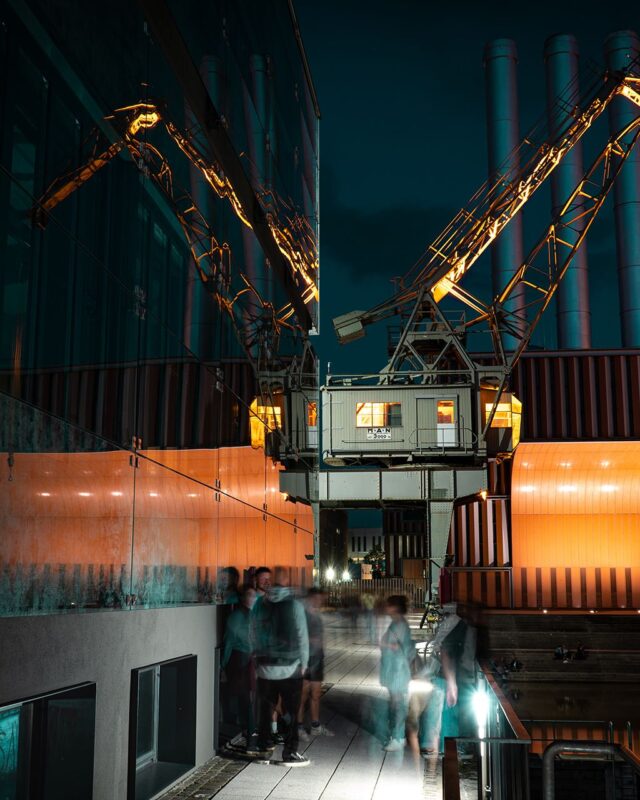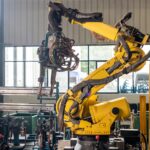When it comes to creating difficult parts with accuracy and efficiency, (CNC) machining processes stand out. CNC machining has become the backbone of various industries, from automotive to aerospace, thanks to its versatility and precision. However, choosing the right machining process for your project can be a daunting task. Let’s explore a simple guide to help you navigate through the options and select the most suitable one for your specific needs.
Understand Your Project Requirements
Before plunging into the CNC machining processes, take a moment to understand your project requirements thoroughly. What materials are you working with? What is the complexity of the parts you need to manufacture? Are tight tolerances crucial for your project? Answering these questions will serve as a compass in guiding you towards the right CNC machining process.
Turning for Simplicity
If your project involves creating cylindrical parts, CNC turning might be the ideal choice. Turning is highly effective for producing parts with rotational symmetry, such as shafts and bushings. The process involves rotating a workpiece while a cutting tool removes material. It’s a cost-effective solution for projects with relatively simple geometries and is known for its efficiency in handling high-volume production runs.
Choosing the right CNC machining process is akin to selecting the perfect tool – a decision that hinges on understanding the unique contours of your project’s needs.
Milling for Versatility
CNC milling is a go-to process for projects that require versatility and precision in shaping a variety of materials. Whether your design involves intricate 3D shapes or you’re working with different materials like metals, plastics, or composites, milling can handle the job. The milling machine employs rotating cutting tools that move along multiple axes, making it suitable for a wide range of projects with varying complexities.
Drilling for Holes and Cavities
For projects primarily focused on creating holes or cavities, CNC drilling is the way to go. This process is particularly effective for producing precise holes in a variety of materials. Whether you need simple holes for bolts or complex patterns for intricate designs, CNC drilling ensures accuracy and consistency throughout the production process.
Choose 3-Axis or 5-Axis Machining
Once you’ve determined the specific machining process, consider the number of axes your project requires. For simpler parts with less complexity, 3-axis machining may suffice. However, if your project involves intricate designs or requires machining from multiple angles, opting for 5-axis machining provides greater flexibility and precision.
Consider Material Compatibility
Different CNC machining processes may be better suited for specific materials. For instance, turning is excellent for cylindrical parts, while milling excels in shaping various materials. Be sure to choose a process that aligns with the material properties of your project, ensuring optimal results and efficiency.
Factor in Cost and Production Time
Budget and timelines are crucial considerations in any project. While CNC machining offers precision and consistency, different processes come with varying costs and production times. Evaluate your budget constraints and project deadlines to choose a machining process that strikes the right balance between quality and efficiency.
In conclusion, selecting the right CNC machining process for your project boils down to understanding your requirements, considering the material, and factoring in budget and timelines. Whether it’s turning for simplicity, milling for versatility, or drilling for specific applications, the key is to match your project needs with the strengths of the chosen CNC machining process. By following this straightforward guide, you can navigate the








